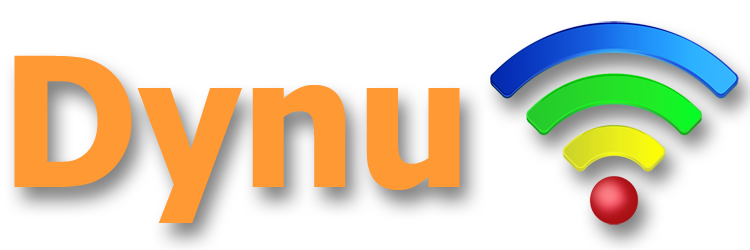STEP 1 Set up your DVR or camera
The first step is to install your DVR or camera. You may follow the DVR or camera manual to do it yourself or have a professional intall it for you.
After it is installed and connected to the router, you should be able to access it from any other machine in the same network by using its internal IP address (usually in the form of 192.168.1.**). Once it is accessible within the internal network, you may start the configuration for remote viewing.
STEP 2 Configure your router
This step is to allow external traffic into your network. You need to set up port forwarding for this.
In most cases, web-accessible cameras have two ports you will need to forward: the web port, for accessing the camera’s interface (TCP port 80), and the media streaming port (UDP 9000), which is used to broadcast the actual camera feed. Your camera or DVR should list the default ports. If your ISP blocks port 80, you may choose an alternative port number and access the camera's interface on that port. This could be done by using Dynu "Port Forwarding" feature in "Web redirect" section.
STEP 3 Configure your firewall
You only have to do this if your camera or DVR is attached to another device. You may need to open corresponding ports in Windows Firewall or any security suites you may use (Norton, McAfee, etc). It is to allow incoming connections to reach the device.
STEP 4 Test your network
To see if the port forwarding has been setup correctly, you may ask a friend outside your network to visit your IP address. Or you can use Dynu Port Check network tool to see if the corresponding port is open. If your friend is able to access the camera interface or you get an "Open" response from port check. Then your network has been correctly set up.
STEP 5: Map your dynamic IP to a hostname
Internet service providers change your IP address on a regular basis, but with dynamic DNS you can keep your domain pointing at the current IP of your home server or other device.
You may register a domain name of your own (yourdomain.com) or sign up for a free Dynu domain name(yourdomain.dynu.com). You may refer to this Getting started tutorial for more information.
STEP 6: Use Dynu DDNS service to view your camera
Download the appropriate client software and run it in the computer to keep the hostname mapped to your dynamic IP. You may also set up the DDNS service in your router if your router supports it. You should then be able to use just a simple hostname to view your camera remotely.
